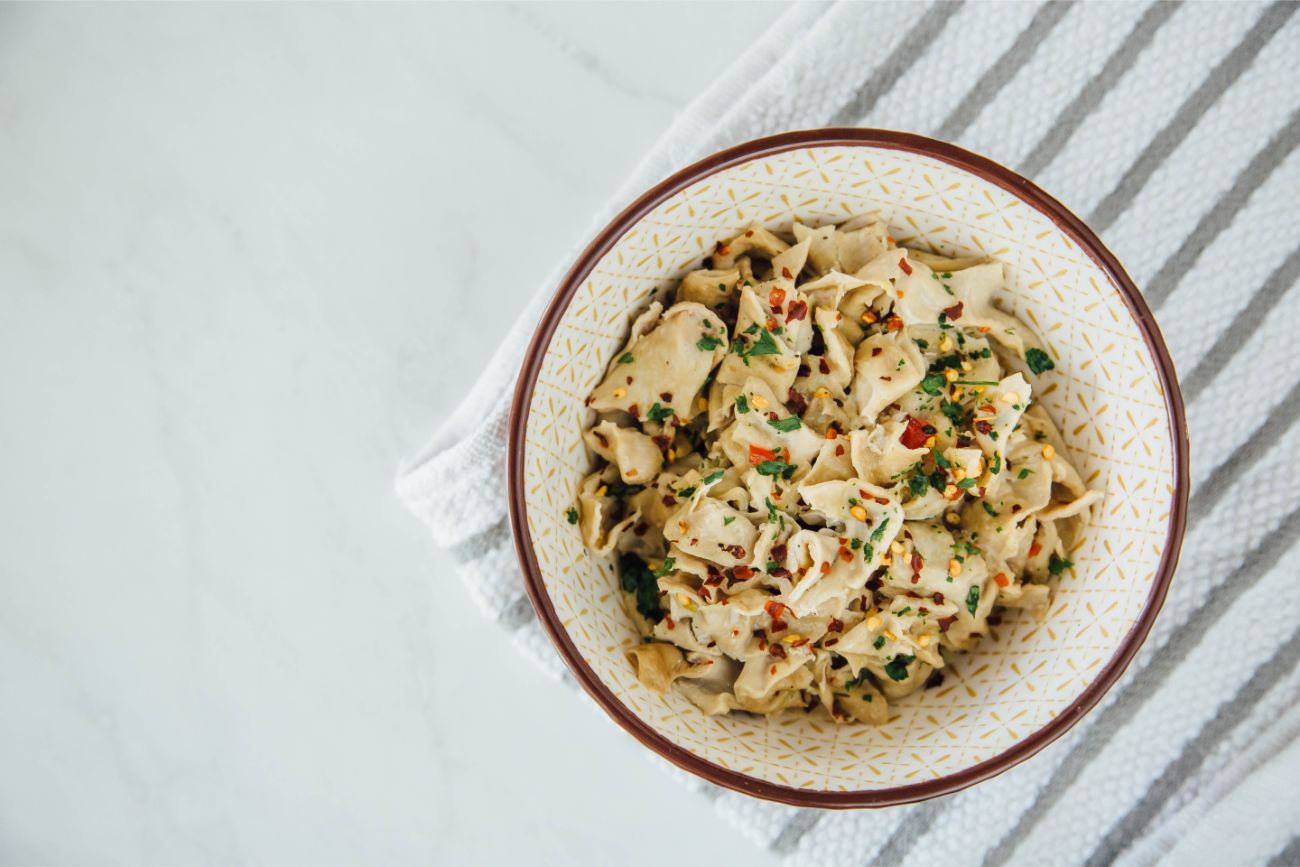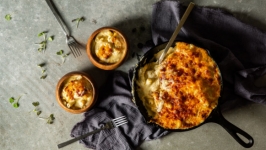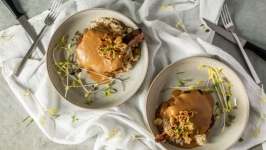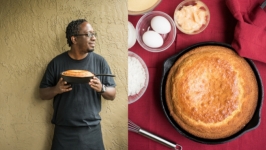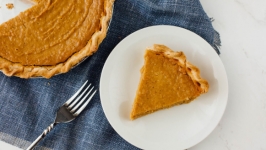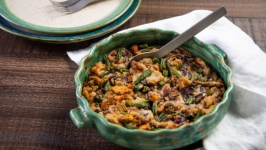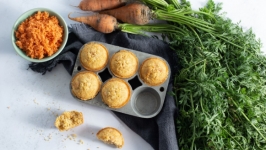In Defense of Chitterlings
Chitterlings: either you love them, or you hate them! I remember as a child my mother always prepared chitterlings for New Year’s Day. They were part of a soul food spread that included black-eyed peas, rice, collard greens, macaroni and cheese, potato salad and cornbread. Everyone loved my mom’s chitterlings.
Also referred to as chitlins, chitterlings are made from intestines, usually pig, (though cow or sheep are used in other cultures). The history of chitterlings in Southern culinary traditions began when, at hog butchering time, slaves were given the leftovers by their slavers, and had to make do with neck bones, snouts, feet and other less desirable parts. The slaves used the intestines to make a dish that became a staple in soul food cooking.
Chitterlings became a tradition in African American culture, but the dish’s popularity has declined considerably in recent years. Many African Americans are more health conscious, replacing turkey for pork and making healthier modifications to their soul food spread. For others, the smell and taste of chitterlings can be hard to appreciate.
Even if you do enjoy an occasional bowl of chitterlings, the preparation involved can be very labor-intensive. The intestines must be cleaned properly for safe consumption and eliminate the strong smell. Given the length of the process, this dish was mostly reserved for special occasions and holidays. Although we do not prepare and eat chitterlings as often as our ancestors did, this dish has been an important part of African American culture.
TO CLEAN CHITTERLINGS
Check local butcher shops for pig intestines. Grocery stores also carry them in the frozen meat section.
Place thawed chitterlings in a large pot with fresh water and bring to a boil over high heat. Boil the chitterlings for 5 minutes. Drain the boiled chitterlings into a large colander. Transfer to a large bowl and let cool. Once the chitterlings are cool enough to handle, cover them with cold water and 1 tablespoon of vinegar.
Sort through each chitterling and look for foreign materials (straw, skin or hair), undigested food and fecal matter. Remove and throw away any of this debris. Rinse the chitterlings with lots of cool water so that any remaining debris is washed away. Do this for several minutes or until the chitterlings are completely clean. The water should be clear with no floating particles. Once the chitterlings are clean, they are ready to be cooked.
TO COOK CHITTERLINGS
2 teaspoons butter
1 medium to large onion, chopped or sliced
1 bell pepper, chopped or sliced
2 to 3 celery stalks, chopped or sliced
10 pounds cleaned chitterlings
1 to 1- ½ cups white vinegar
2 cloves fresh garlic or a few dashes of garlic powder
Salt and pepper, to taste
Sauté onion, pepper and celery in butter in a large pot. Add chitterlings, cover completely with water and add vinegar, garlic and salt and pepper. Cook for 2 to 3 hours or until chitterlings are tender. Cool and chop to desired size. (Alternately, the chitterlings can be chopped before cooking them if preferred.) Serves 20.


